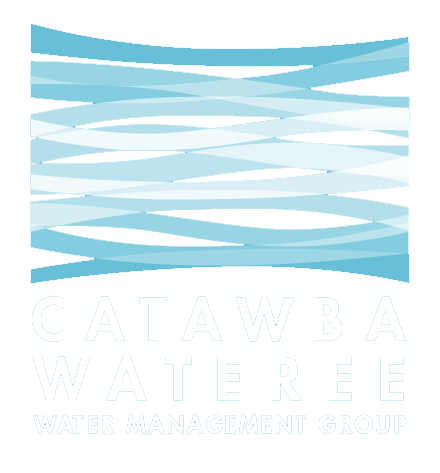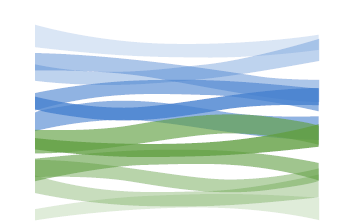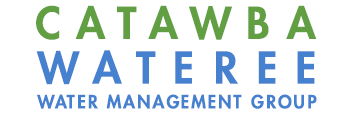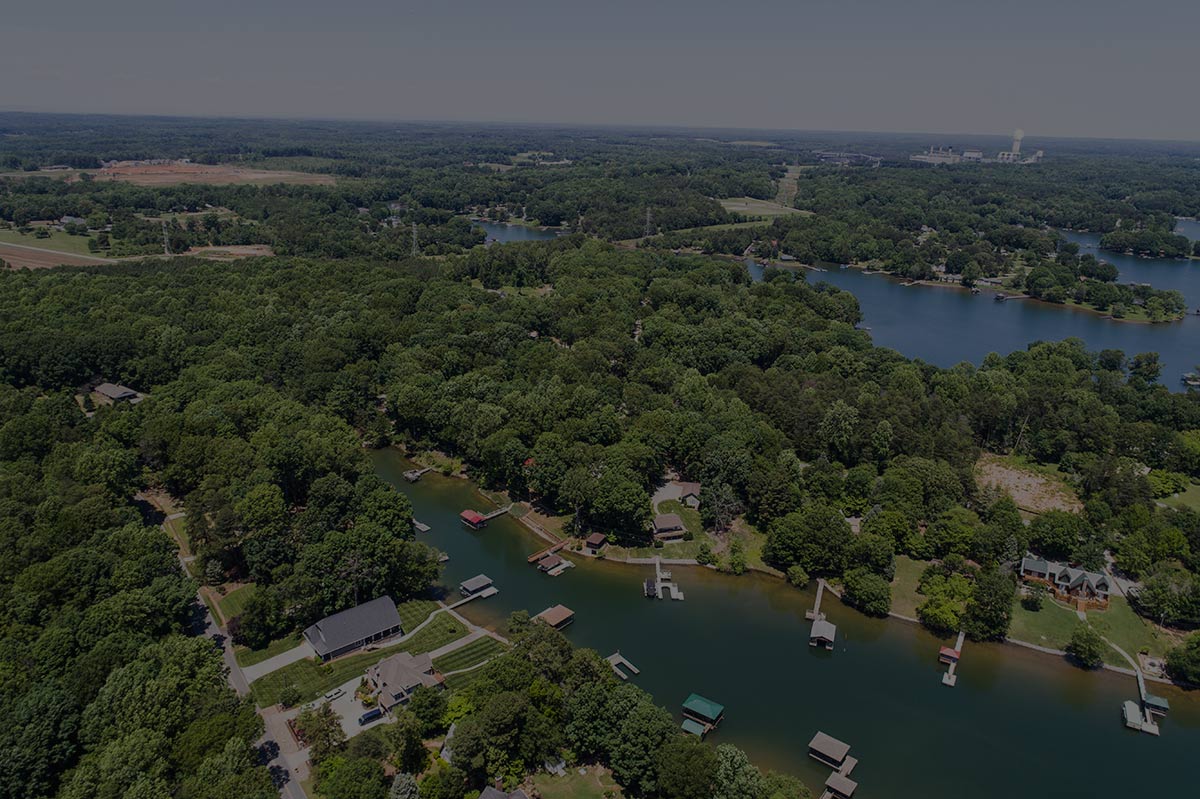Catawba Wateree Water Management Group 2015 Annual Report
 Water Supply Master Plan Phase III - Water Quality Insights
Water Supply Master Plan Phase III - Water Quality Insights
This project is another component of the CWWMG’s basin-wide planning process. Earlier components looked at how the Catawba-Wateree River system is modeled, how the safe-yield is determined, and actions that need to be taken to assure water supply needs are met through at least 2100. This component examined trends and forecasts regarding the Basin’s water quality and the production of clean, safe drinking water and the use of raw water to cool thermal power plants.
Contaminants of potential concern are grouped into five general categories:
- Microbial pathogens
- Algal and cyanobacterial-related contaminants
- Inorganic contaminants
- Disinfection byproduct precursors
- Organic contaminants
The work considered more than 1.2 million water-quality records downloaded from the National Water Quality Monitoring Council or provided by Mecklenburg County. The records covered more than 800 water-quality parameters compiled in a Water Quality Database.
Water quality parameters represented by the data were grouped and ranked. The highest priority groups were eutrophication, nutrients, algae, metals, and microbiologics. These and other parameters were used to create a water quality index. Data from this project was used in coordination with another project concurrently underway by RTI that was quantifying water and sediment yield under current and future land use patterns.
Using the data and feedback from the Technical Advisory Committee, a risk analysis was developed for the entire basin based on AWWA Standard J100, Risk and Resilience Management of Water and Wastewater Systems. The most significant risks identified for water quality in the Catawba-Wateree River Basin include:
- Water quality degradation from nonpoint sources
- Exhausted assimilative capacity
- Stormwater runoff
- Elevated stream temperatures
- Herbicide and pesticide use



